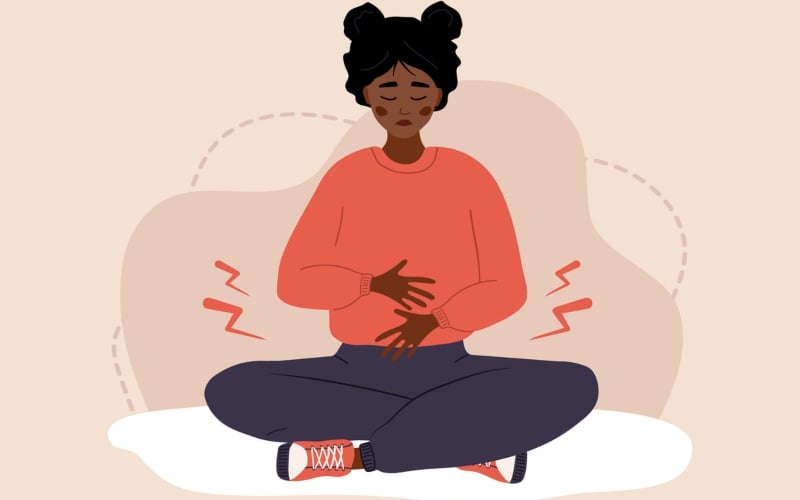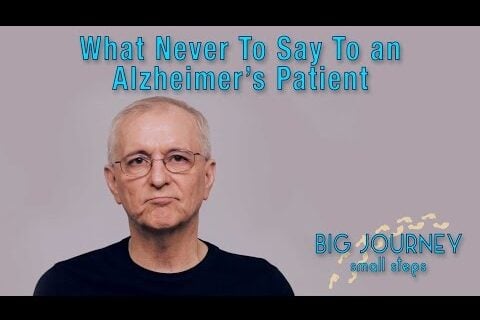Presented by BetterHelp.
We all know how retail therapy can create a rush of adrenaline and excitement. It can even reduce stress. Retail therapy works, and that’s hard to dispute. However, it doesn’t work for everyone, and it doesn’t cure mental health conditions. If you’re using retail therapy to try to get rid of lingering sadness, it likely won’t work.

Let’s take a look at why retail therapy isn’t a permanent cure for your problems and what to do instead.
Why Does Retail Therapy Only Work Short-Term?
Retail therapy is a popular term that means “shopping to feel better.” It’s the act of buying something, whether it’s food, clothes, or a trip, to make yourself feel happy and excited at the moment.
Sometimes, the positive emotions that come with retail therapy last for a few days or a few weeks. However, the happiness is often short-lived, and you’re required to partake in “retail therapy” again until you get the high once more.
Since buying something that you really want or enjoy brings you a burst of happy chemicals in your brain, it can trigger the same kind of pattern as drugs, alcohol, sex, and addiction causes in the brain. If you find yourself feeling extremely happy and excited each time you buy something, you’re likely to turn to it in the future. But can you get addicted to shopping?
Can You Become Addicted to Shopping?
You can become addicted to shopping over time. Like most addictions, the thing you’re addicted to is not the item you’re buying but the feeling that you get from buying it. For example, you may be feeling sad and get an urge to order pizza, even though you can’t afford it. The more you order pizza when you’re sad, the more you are training yourself to require that response each time you get sad.
Often, the more you partake in “retail therapy” and shopping to heal your inner problems, the more you will crave over time. You may develop a tolerance to small purchases and small amounts of money, and you may start spending more and more each time you shop to get the feeling of excitement you once got with smaller things.
Many people experience shopping addiction on a large scale, going into thousands of dollars of debt due to credit card purchases they can’t afford to pay off. Shopping addiction can also affect third parties in a person’s life. For example, if you spend all of your savings with your spouse and an emergency comes up, neither one of you will have the funds to afford to take care of yourself.
Money is important in our society, and although it can be fun to spend, it’s essential to have savings to make sure you don’t get stuck in an unsafe situation.
As well as this, your shopping addiction can start to make you feel worse over time. You may feel guilty or experience feelings of disgust at yourself. It can even create deep shame, especially if you wish you weren’t partaking in the urges.
Luckily, there are ways to get help so that you don’t ever get to this point or so that you can heal after forming a shopping addiction.
Alternatives To Retail Therapy
Instead of partaking in spending money when you’re feeling down, there are plenty of alternatives to retail therapy that you can try.
Seeing a Therapist
If you have a desire to spend money when you feel bad, this might be an indication of a deeper psychological issue. Speaking to a therapist can help you understand where your urges come from and what to do to ignore or stop them. Therapists can also help you hold yourself accountable, whereas you can easily get away with lying to yourself when you’re alone.
If you’re looking for an empathetic and kind person to help you through your struggles, a therapist is an excellent option. You can even attend therapy online these days. Some therapists may even specialize in shopping addiction or spending habits. If you want to learn more about retail therapy from a therapy stance, you can also do so by reading up on BetterHelp’s blog.
Utilizing “Free” Positive Reinforcements
The best part about shopping for reinforcement is that you’re gaining something from it. If you’re losing a lot of money and want to reduce your spending without reducing your gain, you can find free ways to reinforce yourself when you need it. Here are some ideas:
- Go to your favorite location in your town as a treat
- Make yourself a delicious meal at home
- Have someone in your family make you a special dessert
- Create a sticker chart to reward yourself and buy something after 20 stickers
- Spend quality time with your children or spouse
- Watch your favorite film
- Do something new that you’ve never done before
- Go outside and appreciate nature (nature is good for your mental health!)
Only Partaking in Retail Therapy as a Treat
If you need to limit your retail therapy but don’t wish to get rid of it altogether, you can make a system for yourself to only partake in shopping or buying something as a treat or reward for something important.
For example, maybe you want to save up some money to spend on yourself for the next time you go through a big life milestone. Or maybe you can save up to buy something small for each therapy milestone you hit. It’s up to you!
Self-Help Techniques and Coping Mechanisms
Learning new self-help techniques can also help you cope without making a purchase. Instead of turning to your wallet, turn to the coping mechanisms you know work. These can include:
- Cooking a meal
- Drawing
- Journaling
- Singing
- Seeing a therapist
- Meditation
- Mindfulness
- Trying on clothes
- Window shopping (looking into store windows or checking out store merchandise without buying anything)
Transforming Your Energy into Productivity
Finally, it’s important to transfer your energy into productive actions. Instead of going out and buying something, consider volunteering or going on a hike. Anything that takes a lot of positive energy or supplies you with dopamine and endorphins is likely better for you than shopping. For example, you could go to the gym or go swimming to burn off some energy.

Photo Credit: iStock
The post Reasons Why Retail Therapy Doesn’t Solve Mental Health Issues and What To Do Instead appeared first on The Good Men Project.
Original Article










